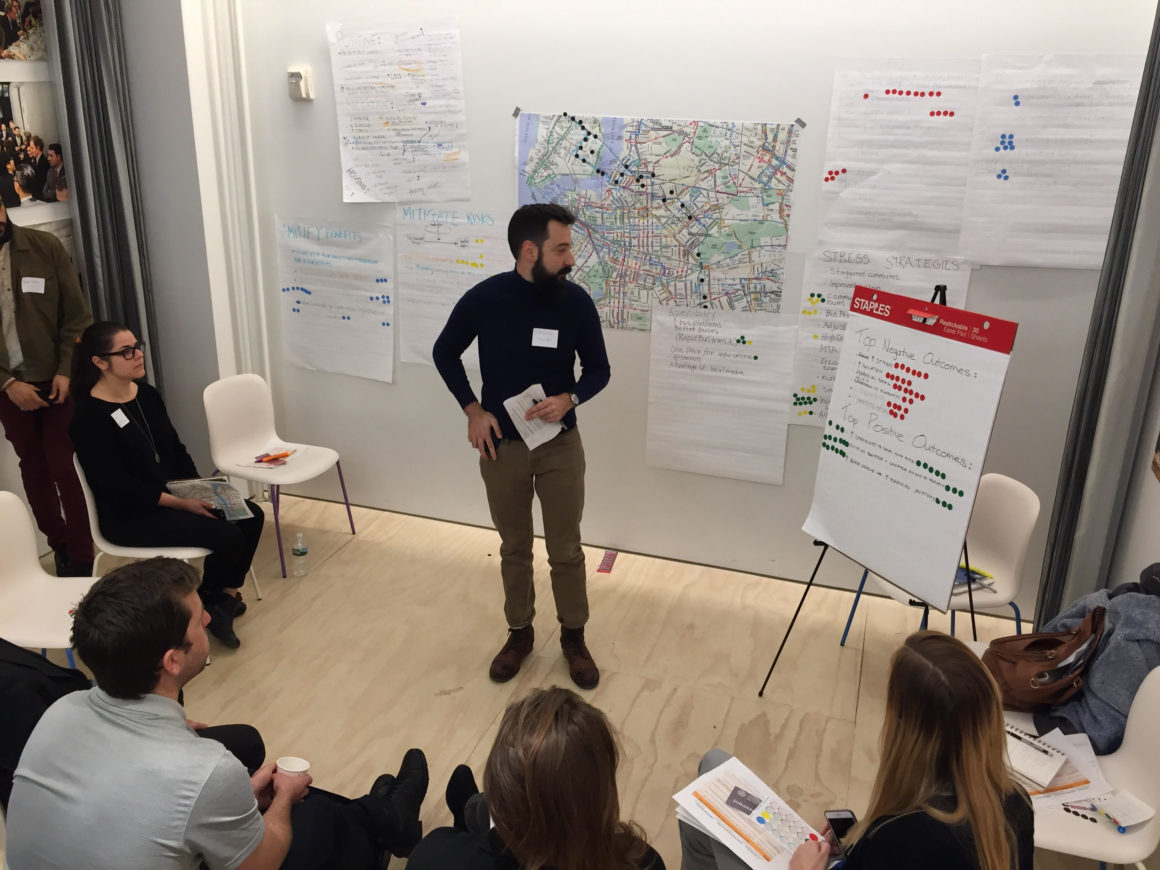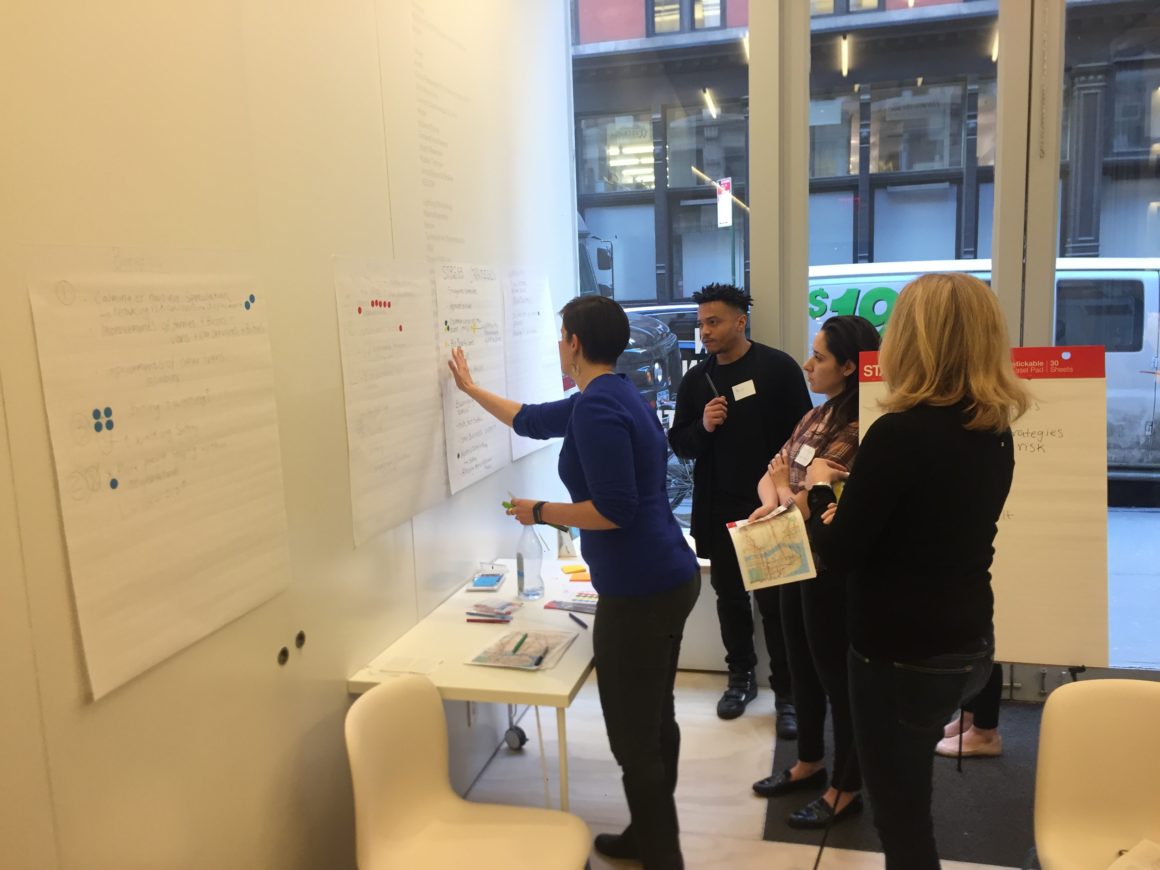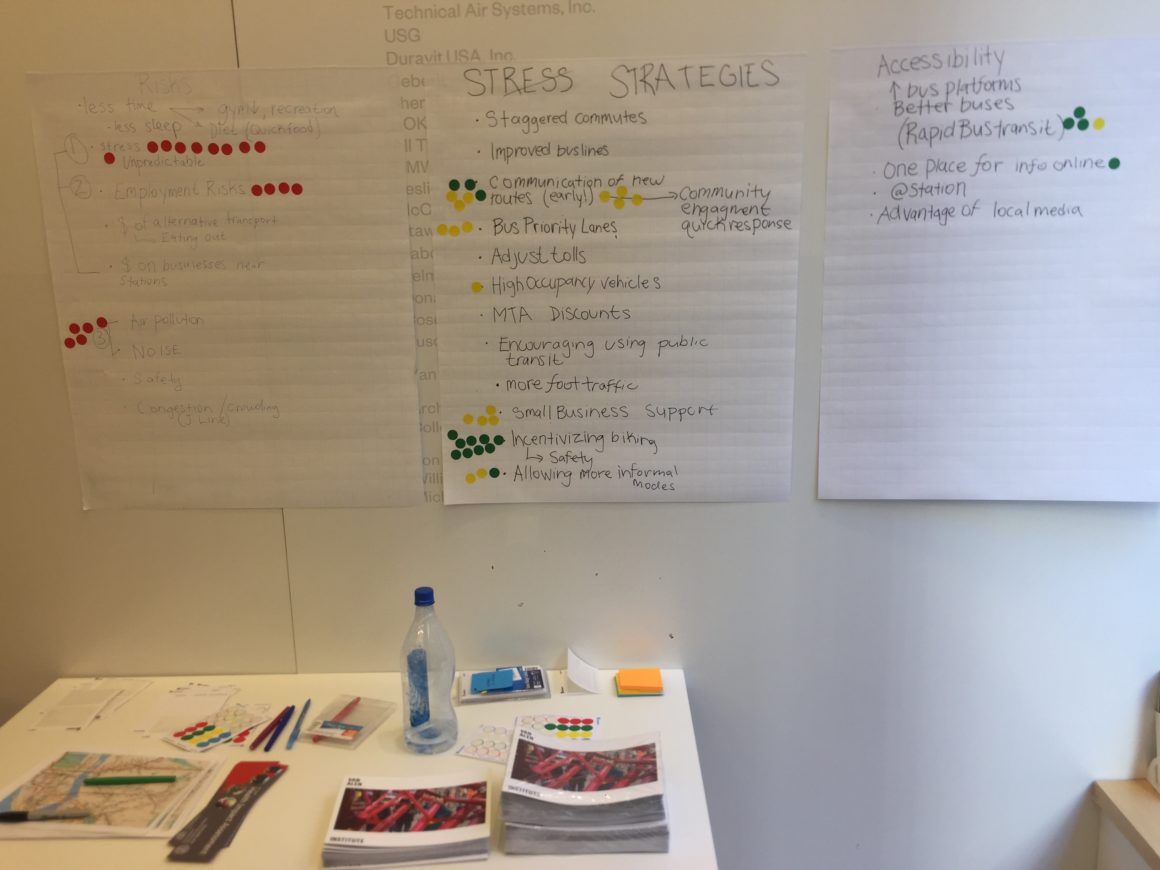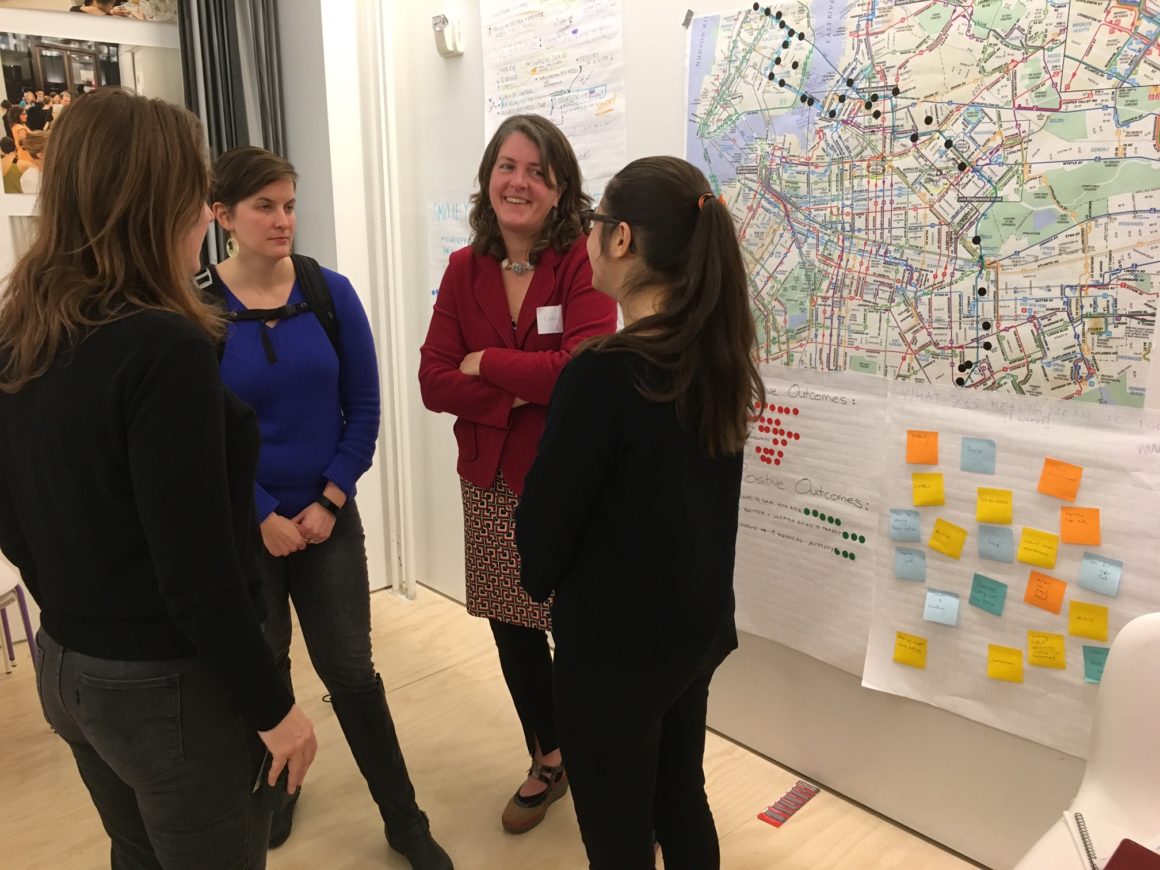
Last spring, Van Alen Institute and Nancy Wells, Professor of Design and Environmental Analysis at Cornell University College of Human Ecology, coordinated a workshop on potential health impacts of the impending L Train shutdown, scheduled to begin January 2019. Our goal was to bring a health perspective to the shutdown and build upon the work of our L Train Shutdown Charrette held last summer.
Workshop insights were incorporated into a health impact assessment (HIA), conducted by a team of graduate students under Professor Wells’s direction, to identify how communities that rely on the L Train everyday will be affected during the 15-month disruption. Their final report, provided here, indicates important health risks and benefits (especially for vulnerable populations), and offers recommendations to help city officials safeguard public health and wellbeing throughout the closure.

To investigate how the shutdown will affect community health, Professor Wells and her students used a tool known as health impact assessment (HIA). An HIA helps determine the health-related impacts of a policy, program or project for a population, and the distribution of those impacts within that population. Conducted over several stages, HIAs are comprehensive undertakings, evaluating health impact across a wide range of possible determinants. During the process, information is collected directly from affected communities and decision-makers are given recommendations to improve their projects and plans from a health perspective.
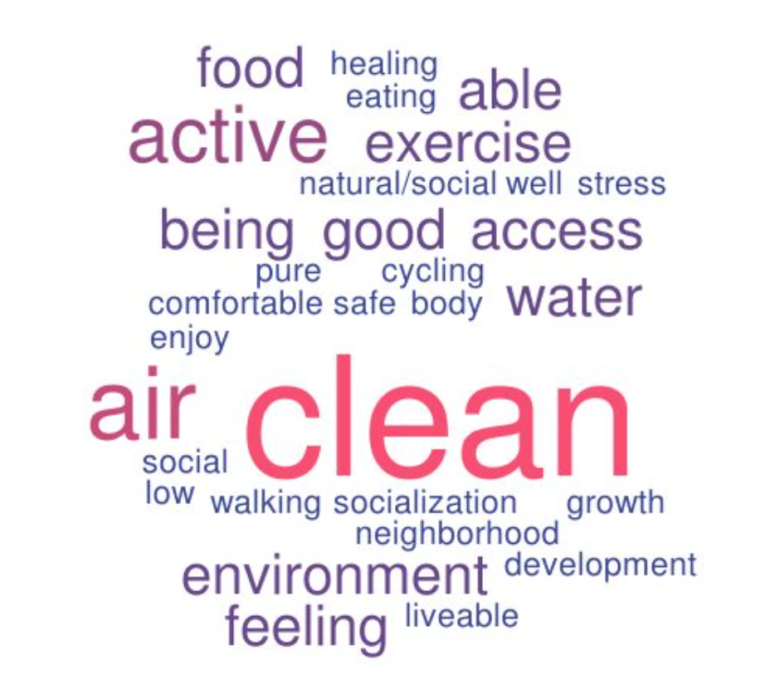
On March 3rd, Van Alen coordinated a workshop where the Cornell team could meet with community members, public health experts and transit activists to discuss potential health impacts related to the shutdown. Participants were specifically asked these questions:
- What are major impacts of the L Train shutdown on health (negative and positive)? What’s the scale of these effects? Who is most affected?
- What strategies can you imagine that might help to mitigate expected negative effects? What might help to amplify positive effects?
At the end, participants collectively determined the top 3 risks, benefits and strategies suggested during the workshop.
PARTICIPANTS
Brooklyn and Manhattan residents:
- Aman Bardia
- Ruth Cole
- Anjali Fisher
- Anne Guiney
- Dan Tainow
- Marcus Wilford
Organizational/Stakeholder Representatives:
- Katelyn Hosey, Live-On
- Lindsey Realmuto, New York Academy of Medicine
- Kimberly Libman, New York Academy of Medicine
- Luc Nadal, The Institute for Transportation and Development Policy
- Homer Hill, Grand Street Business Improvement District
- Marina Recio, Measure of America
- Thomas DeVito, Transportation Alternatives
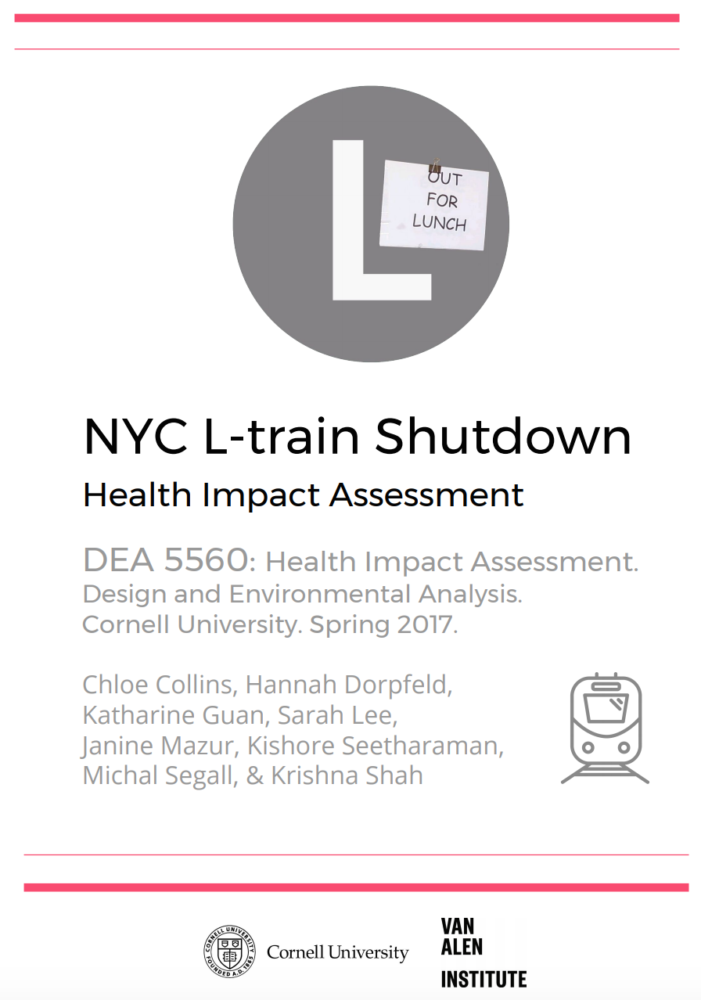
The Cornell team’s HIA focused on five key health determinants that will be affected by the L-train shutdown: environmental stressors (air quality, noise), mobility (walkability, wayfinding), health related behaviors (physical activity, diet), employment and livelihood (job accessibility and security), and family and community structure (family dynamics, civic engagement). Though all L Train riders will be impacted, the team acknowledges in their report the additional hardships of low-income populations in high-poverty neighborhoods like South Williamsburg, Bushwick, and Brownsville.
Below: Maps of the Poverty Status in Brooklyn Neighborhoods Affected by the L-Train Shutdown (Source: Mamata Akella for Carto)
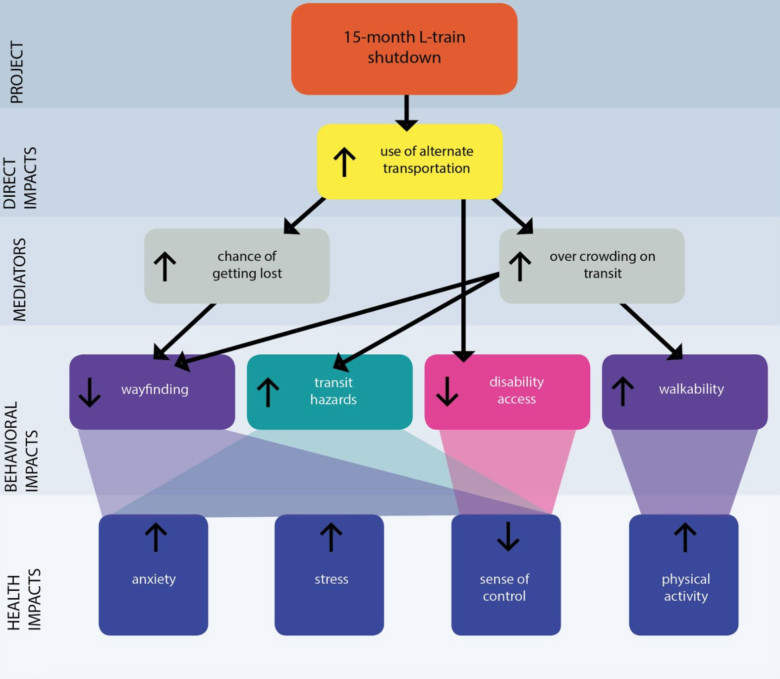
PATHWAYS + RECOMMENDATIONS
The path by which the shutdown can impact health is called a “pathway.” The team’s findings across different health determinants are presented as discrete pathways, one of which we’ve decided to feature below. For the full list of pathways and the team’s recommendations to officials for safeguarding health during the shutdown, download the full report below.
Mobility
Physical mobility is the ability of humans to move about their environment. A person’s physical mobility is an important influence on their ability to perform necessary, daily activities both inside and outside of the home. Physical mobility is impacted by many factors including: a neighborhood’s walkability, the wayfinding tools in an area , the accommodations made to facilitate disability access, and the different types of transportation hazards present. The L-train shutdown will limit the ability of some residents and commuters to travel to some of their regular destinations.
- Pathway: While many parts of Brooklyn are already pedestrian friendly, the shutdown may encourage those who usually traverse Canarsie Tunnel to stay within Brooklyn.
- Impact: If residents find themselves staying more locally, crowding may increase both on sidewalks and in the streets, which can increase stress and anxiety for vulnerable populations, such as older adults, those with physical disabilities, and children.
- Recommendation: NYCDOT and MTA should partner with a major navigation app company such as Google Maps or MapQuest to provide a phone application for persons confined to a wheelchair that recommends the easiest route to use to get around during the L Train shutdown.
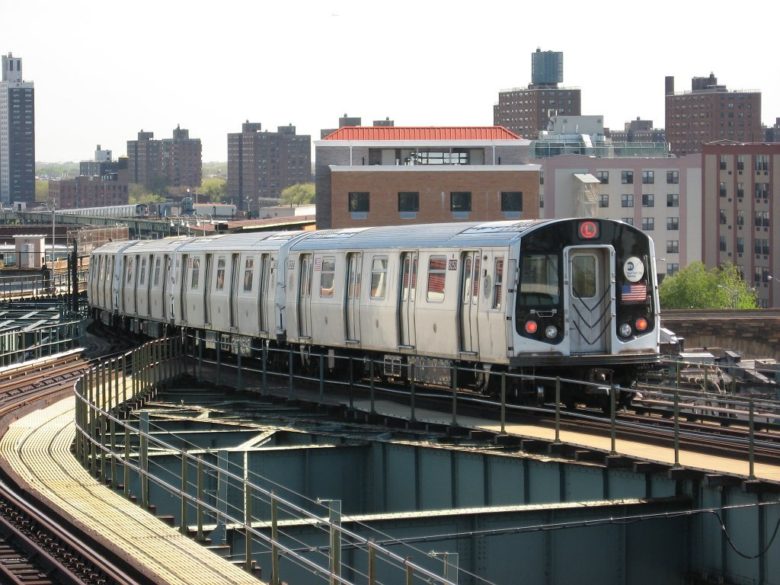
Though the L Train shutdown begins in January 2019, we hope that by starting conversations about potential health impacts now, we can help prepare communities, policy advocates and relevant city agencies to meet this challenge.
Thank you to Nancy Wells, teaching assistant Sagar Akre, and the graduate students at Cornell University’s department of Design and Environmental Analysis for all their work: Chloe Collins, Hannah Dorpfeld, Katharine Guan, Sarah Lee, Janine Mazur, Kishore Seetharaman, Michal Segall, and Krishna Shah.
And special thanks to all of our workshop participants.
Click here to download the PDF of the full report:


